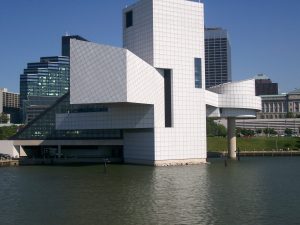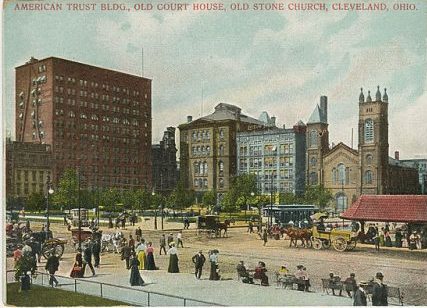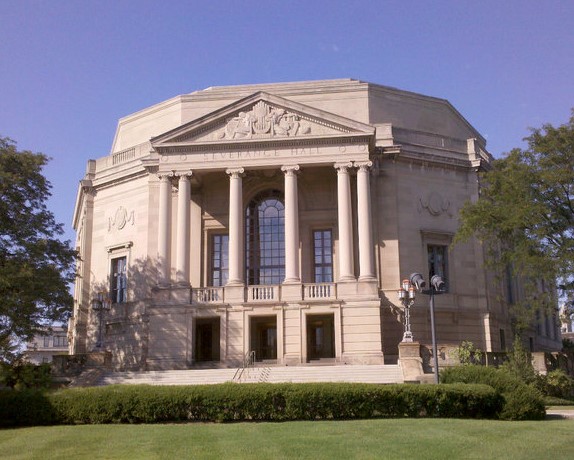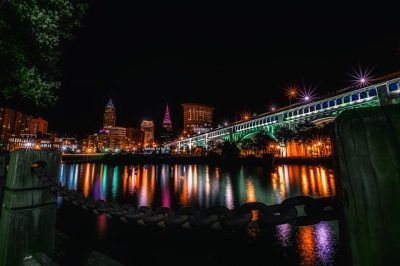Cleveland Ohio History

Rock and Roll Hall of Fame
Located on the Lake Erie shores in the midwestern state of Ohio, this city is known for many reasons, two of which are its world class orchestra and the Rock and Roll Hall of Fame. Because its home of the Rock Hall, music moguls visit it frequently. However, Cleveland is also home to some beautiful neighborhoods, great restaurants, amazing museums, and whole lot more.

Peerless Plant Rendering
Cleveland Ohio history: Important Historical Events
 Cleveland elected Tom L. Johnson, a populist, on April 1st, 1901. He gained fame as the Great American Paradox. He connected with blue-collar workers, yet was a wealthy businessman himself.
Cleveland elected Tom L. Johnson, a populist, on April 1st, 1901. He gained fame as the Great American Paradox. He connected with blue-collar workers, yet was a wealthy businessman himself.
Severance Hall Cleveland, OH
A significant event in the city’s history is the forming of the Cleveland Orchestra. The home base of the orchestra is Severance Hall. The founding of the orchestra was the brainchild of music impresario Adella Prentiss Hughes. She persuaded Cleveland’s elite to support a world-class orchestra and Cleveland began to make its mark in the music world.
 couldn’t account for the debt. The incident led to Cleveland becoming the first city to default. Kucinich lost the election of 1979.
couldn’t account for the debt. The incident led to Cleveland becoming the first city to default. Kucinich lost the election of 1979.